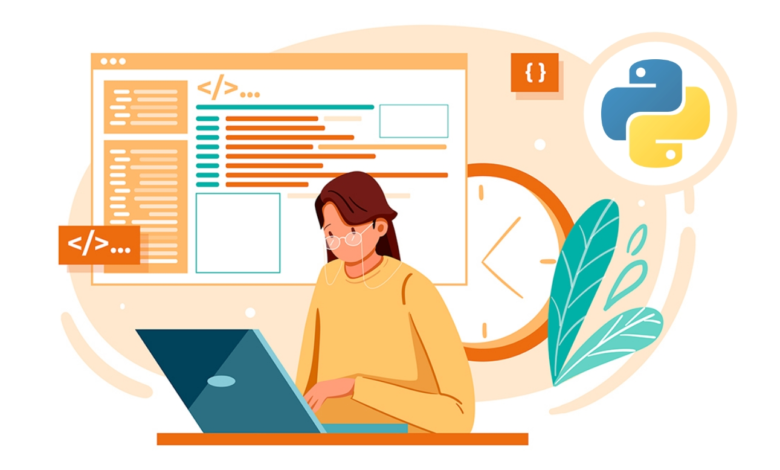Building a Recommendation System with Python
Enhancing User Experiences Through Personalized Recommendations

In the fast-paced digital world, where content and choices abound, recommendation systems have become indispensable tools for businesses seeking to provide personalized experiences to their users. These systems, powered by advanced algorithms and machine learning, offer tailored suggestions for products, movies, music, and more. If you’re considering implementing a recommendation system for your platform, leveraging can be a strategic move to ensure the successful creation and deployment of a robust solution.
Python, known for its versatility and rich ecosystem of libraries, is a top choice for building recommendation systems. In this article, we will take you through the essential steps and concepts involved in creating a recommendation system with Python, from data collection and preprocessing to model development and deployment.
Understanding Recommendation Systems
Before diving into the technical details, it’s crucial to grasp the fundamentals of recommendation systems. These systems work by analyzing user behavior and preferences to offer personalized recommendations. Two fundamental categories of recommendation systems exist:
1. Content-Based Recommendation:
This approach suggests items to users based on their previous interactions and item characteristics. For instance, if a user has shown a preference for action movies, a content-based recommendation system would suggest similar action movies.
2. Collaborative Filtering:
Collaborative filtering relies on user interactions and feedback. It suggests items to a user by considering the preferences and actions of users who share similar tastes and behaviors. For example, if User A and User B have similar tastes and User A has liked a particular item, the system will recommend that item to User B.
Building a Recommendation System with Python
Let’s delve into the key steps involved in building a recommendation system with Python:
1. Data Collection:
To create an effective recommendation system, you need access to user interaction data. This data can be sourced from various channels, such as user ratings, reviews, purchase history, or click-through data. Python’s data manipulation libraries, such as Pandas, make it easy to collect and preprocess this data.
2. Data Preprocessing:
Data preprocessing is a crucial step in recommendation system development. It involves cleaning and transforming the data into a suitable format for modeling. This may include handling missing values, normalizing data, and creating user-item interaction matrices.
3. Model Development:
Python offers a plethora of libraries and frameworks for building recommendation systems. Popular choices include Scikit-learn, Surprise, and TensorFlow. The selection of a specific library and algorithm depends on your project’s requirements. Common recommendation algorithms include matrix factorization, nearest neighbor, and deep learning-based models.
4. Evaluation:
Evaluating your recommendation system’s performance is vital. You can employ various metrics, such as Mean Absolute Error (MAE), Root Mean Squared Error (RMSE), or precision-recall, to assess the accuracy and effectiveness of your system.
5. Deployment:
Once you have built and fine-tuned your recommendation system, the next step is deployment. Python software development services can assist in seamlessly integrating the recommendation system into your platform, ensuring a smooth user experience.
Conclusion
Python’s flexibility and the abundance of libraries make it a top choice for building recommendation systems. Whether you are aiming to enhance user engagement on your e-commerce platform or improve content discovery on your streaming service, Python development services can be your trusted partner in bringing your vision to life.
If you are ready to harness the power of recommendation systems, consider collaborating with experts in . They can not only help you build a robust recommendation system but also ensure its successful integration into your platform, delivering personalized experiences that enhance user satisfaction and drive your platform’s success.
By leveraging Python’s capabilities and the expertise of Python development services, you can stay ahead in the competitive landscape of personalized content and recommendations, creating a winning edge for your business. So, start your journey towards building a recommendation system with Python today, and unlock the potential of personalized user experiences.



